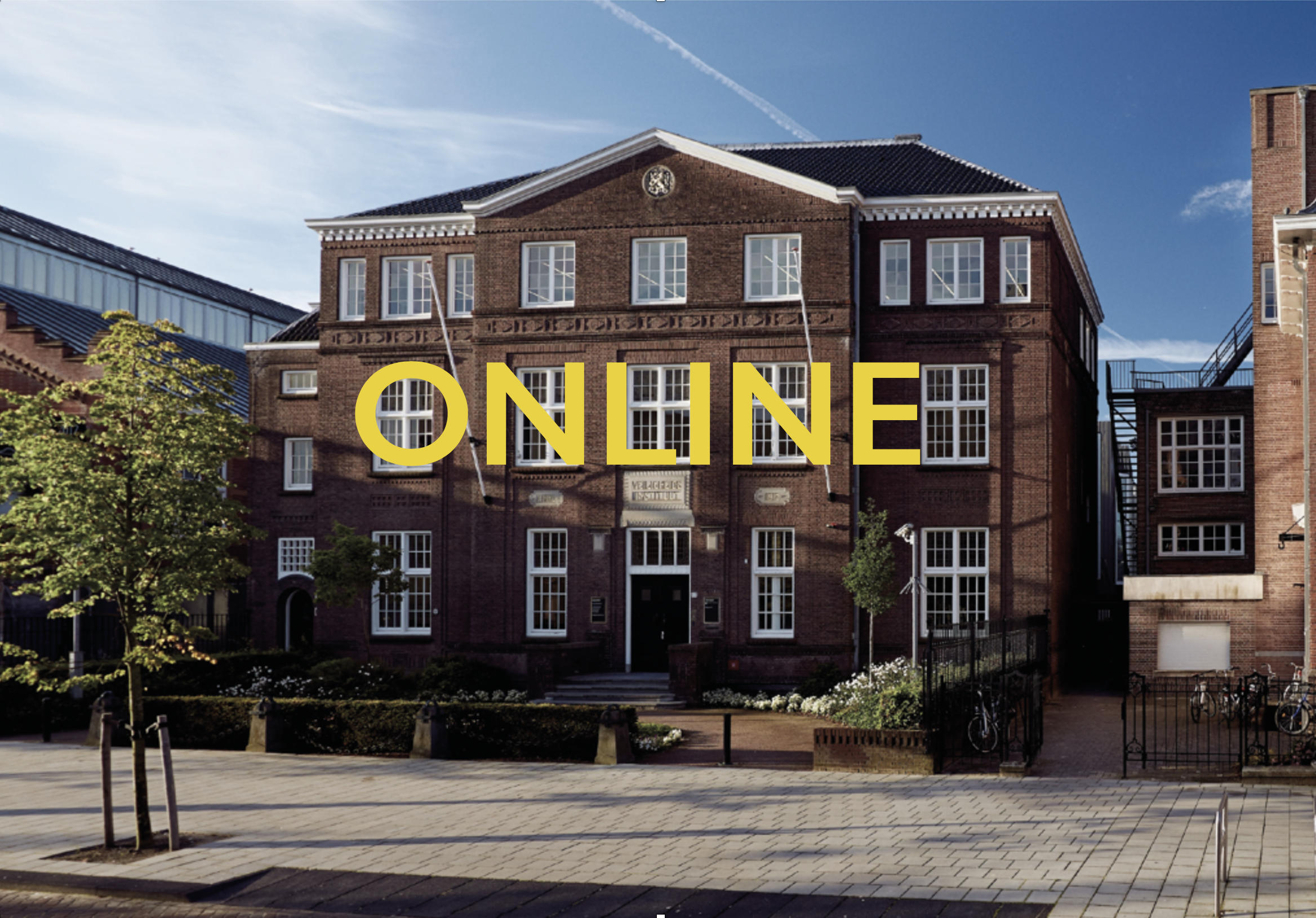

We are pleased to announce a new, online edition of the NICAS colloquium on Thursday 22 April 2021 from 12.00 to 13.00 hrs CET. The colloquium will take place online through Microsoft Teams.
Throughout the year, NICAS organises a bi-weekly Colloquium consisting of two short research lectures. It provides researchers with the opportunity to present ideas for, updates on or results of their activities. The NICAS Colloquium allows people to stay informed on a regular basis about the latest developments and results of research and to exchange information and expertise.
The chair of this colloquium will be Joen Hermans (Rijksmuseum)
The presenters are:
► Anna Krekeler – What’s up Dog? – The build-up and current appearance of the dog depicted in Rembrandt’s The Night Watch
Abstract:
Operation Night Watch is the largest research and conservation project, that Rembrandt’s masterpiece The Night Watch (1642, oil on canvas, h 378.4 x w 453 cm) has ever undergone. In summer 2019, the Rijksmuseum embarked on this multi-year project with the goal to thoroughly study the condition and painting technique and to determine the best treatment plan for the large canvas painting. Inside the gallery and in full view of the visiting public, the latest and most advanced technology is used to examine the painting. The multi-disciplinary team of Operation Night Watch includes scientists, conservators and art historians, all working alongside each other on the acquisition and interpretation of the research data. When looking at The Night Watch, one area in particular has often been noted by public and scholars alike: the indistinct, blotchy, almost faded-looking dog, which is vaguely visible in the lower right corner of the composition. This talk discusses what is compromising the dog’s current appearance and how he might have looked like originally.
Bio:
Anna Krekeler started working at the Rijksmuseum as a painting conservator in 2007, after finishing her studies at the University of Fine Arts in Dresden, Germany. Next to practical conservation treatment, she focuses on research into the painting technique of seventeenth-century Netherlandish artists, including Rembrandt, Pieter de Hooch and Johannes Vermeer. She is a team member of Operation Night Watch and currently involved in the technical research of Rembrandt’s masterpiece.
► Emanuela Bosco – Predicting craquelure and delamination mechanisms in historical paintings
Abstract:
This study focusses on the prediction of craquelure and delamination mechanisms in historical paintings due to indoor climate fluctuations. Historical paintings typically consist of one or more layers of paint adhering to a canvas or wooden substrate. Indoor climate variations cause differential swelling and shrinkage across the layers, which may result in internal stresses in the painting. If the tensile stress at some location of the paint layer attains the fracture strength, then paint cracking will occur. The most common mechanism of paint cracking is crack channelling, usually denoted as craquelure. Channelling cracks may additionally kink at the interface between the paint layer and the substrate, generating interfacial delamination, which may ultimately lead to spallation or flaking of the paint material. This is the most critical failure scenario and needs to be avoided under all circumstances. In this work, failure mechanism maps are constructed that illustrate the dependence of the active crack channelling mechanism, and the corresponding critical crack channelling stress, upon the stiffness mismatch between the layers and upon the ratio of interfacial toughness to coating toughness. These failure maps may provide a useful tool for museum conservators to identify the allowable indoor humidity and temperature fluctuations for which crack channelling with delamination is prevented in historical paintings.
Bio:
Emanuela Bosco is Assistant Professor in the Chair of Applied Mechanics at Eindhoven University of Technology (TU/e). Her research interest is in the field of computational mechanics, in particular on multi-scale and multi-physics methods to predict the degradation of historical art objects. In 2017, she was awarded of a VENI research grant from the Netherlands Organisation for Scientific Research (NWO). She is project leader in a NWO OTP Project and Co-PI in a NWO NICAS project. She is currently technical manager and WP leader in the European Project Horizon 2020 CollectionCare on innovative strategies for preventive conservation. Emanuela also holds a Music-Diploma in Viola, obtained at Conservatorium Marenzio of Brescia (Italy).